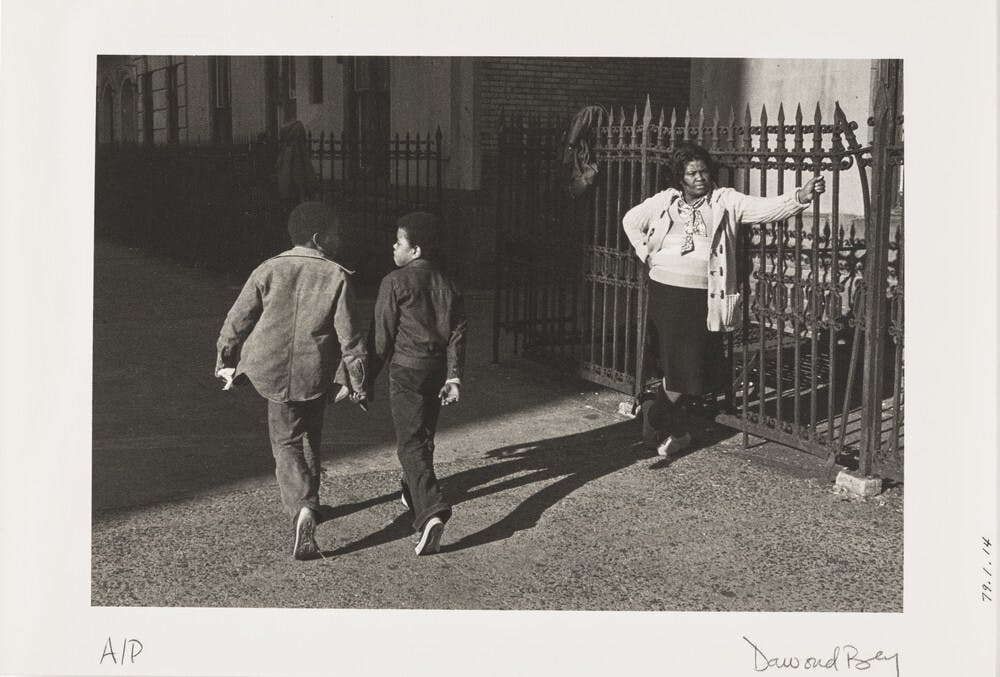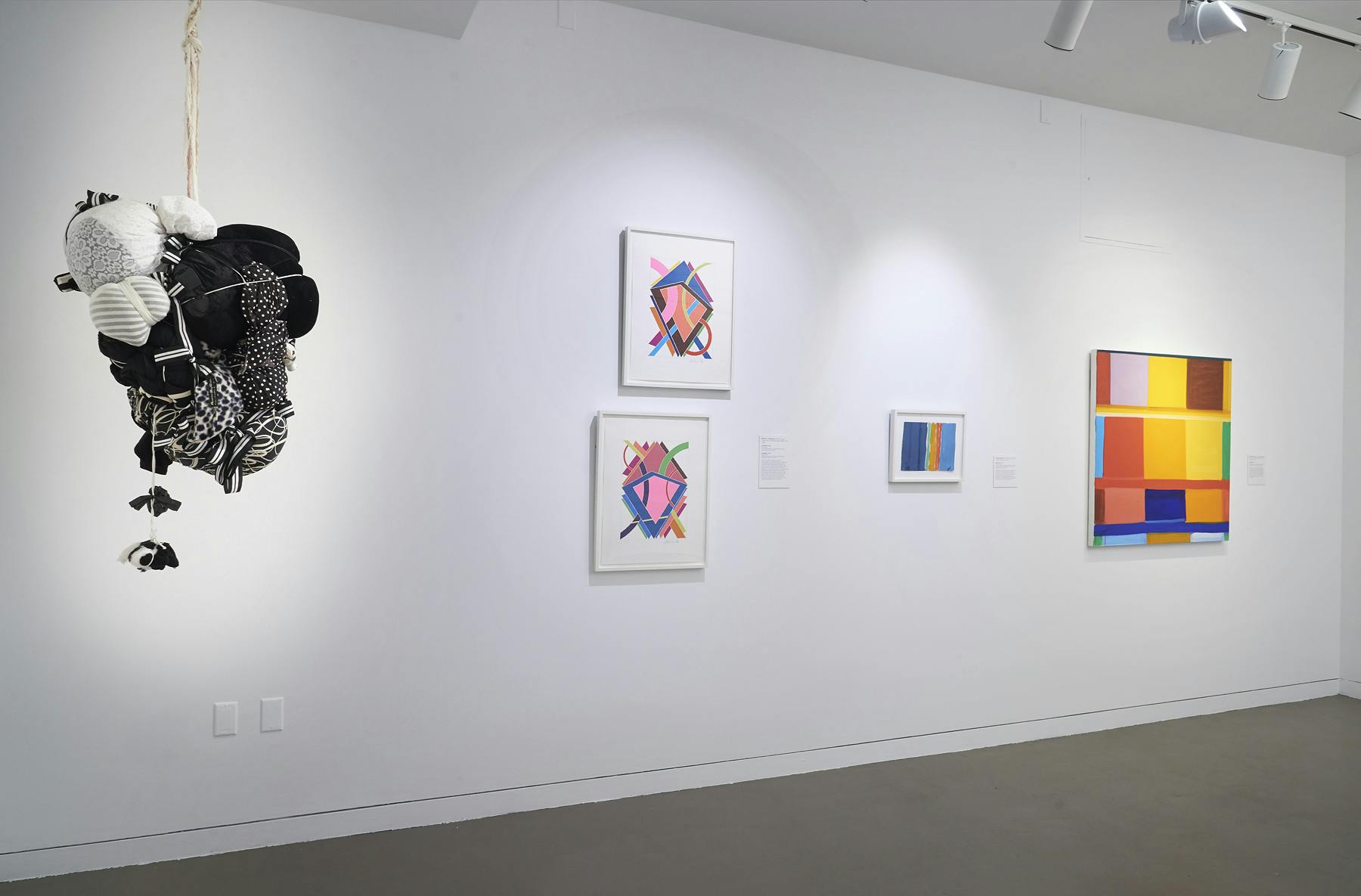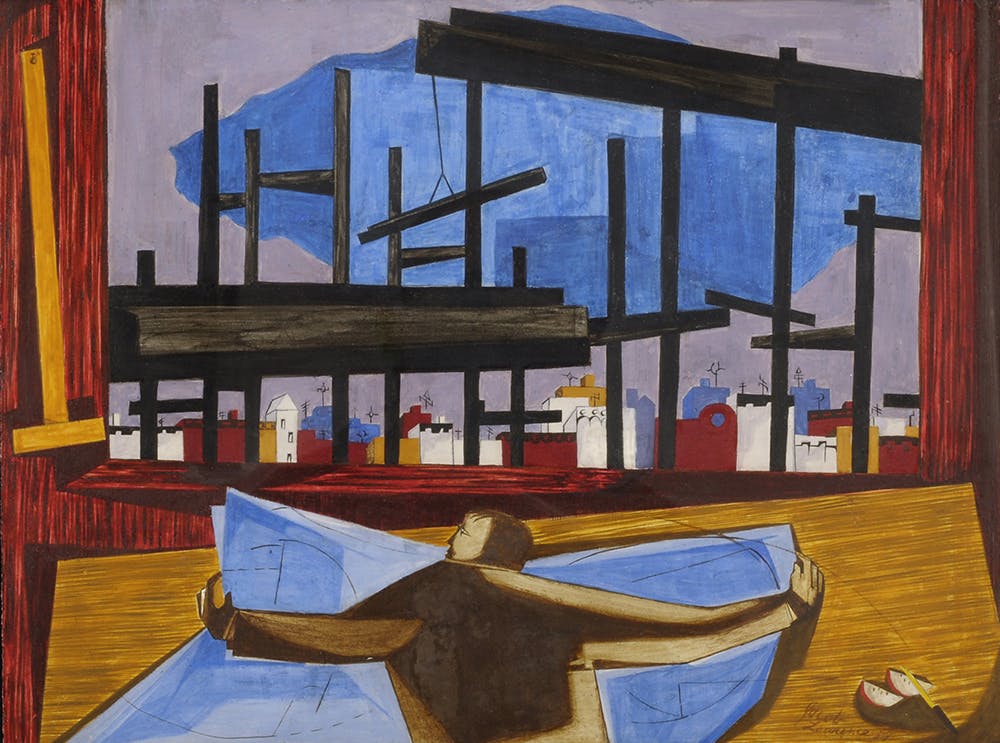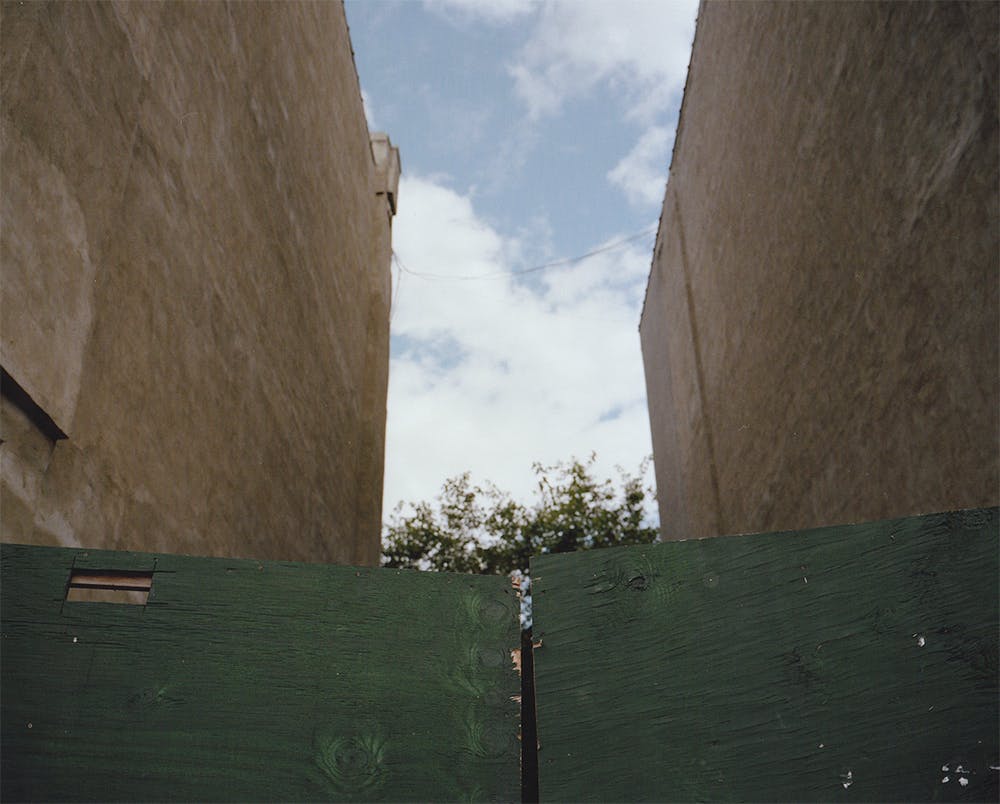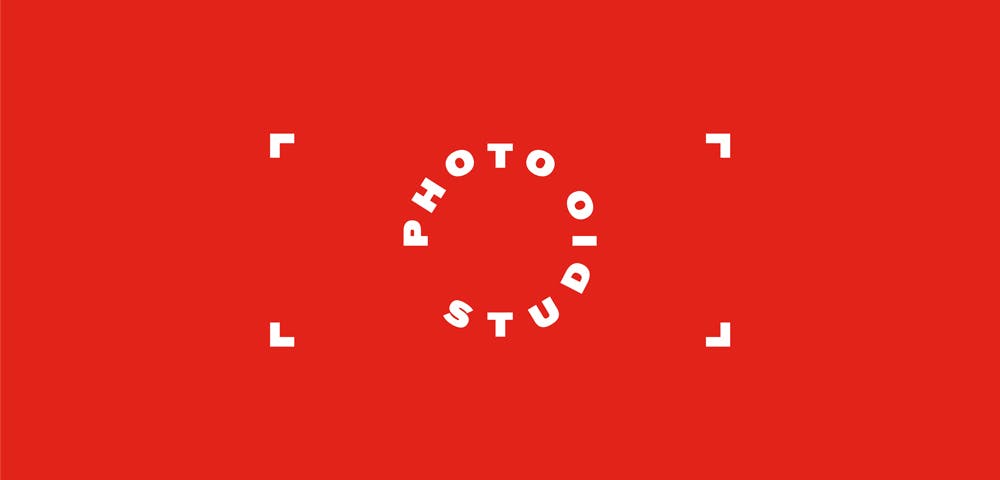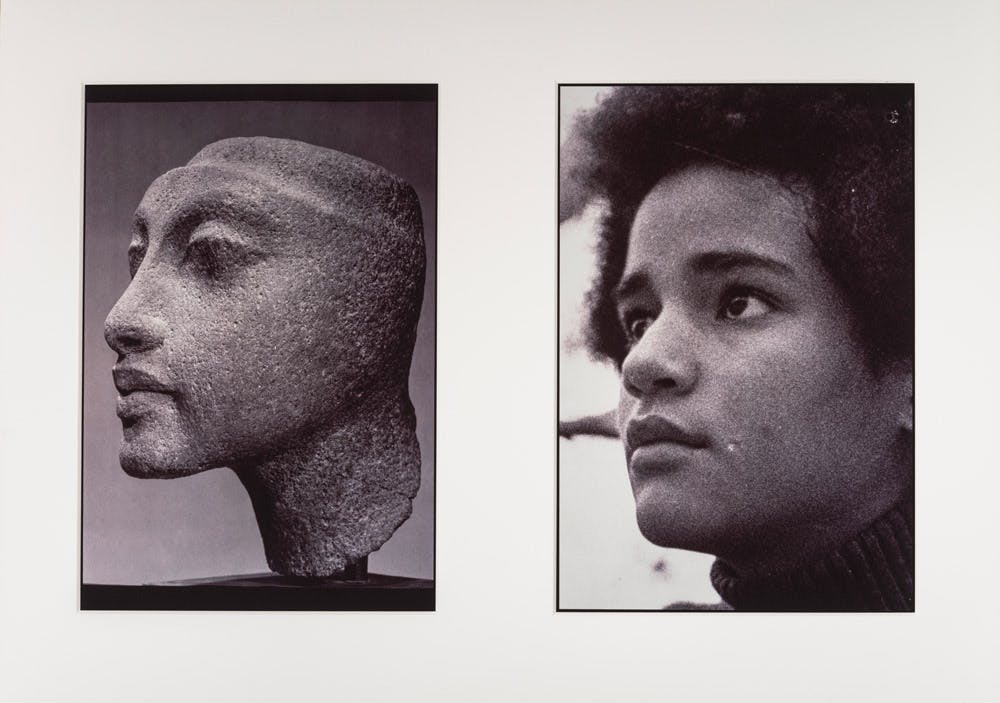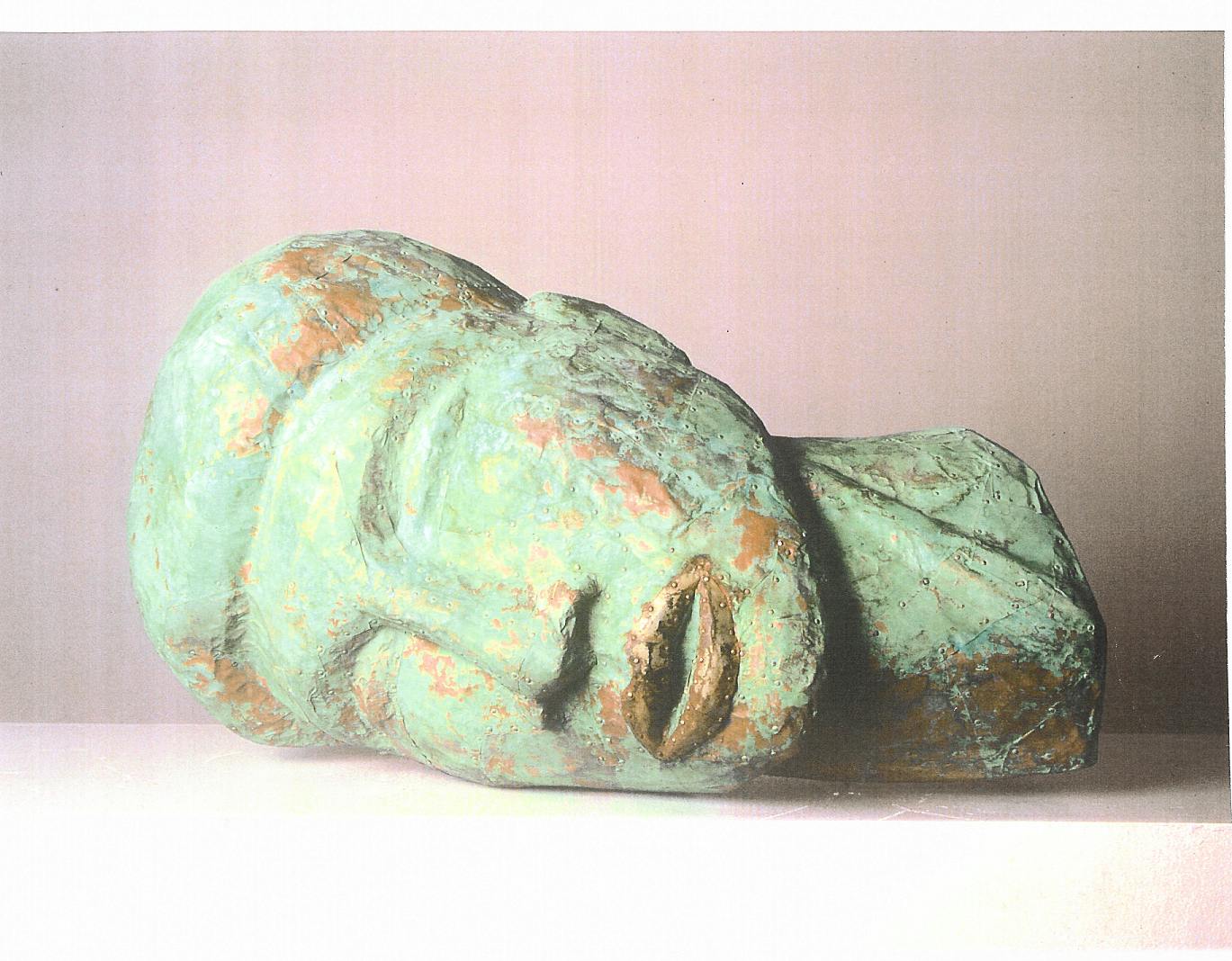Dawoud Bey
(b. 1953)In the mid-1970s, Dawoud Bey began photographing everyday life in Harlem. These works became the basis for his debut institutional exhibition, Harlem, U.S.A., in 1979, at the Studio Museum in Harlem.
Biography
During the 1980s, he continued to hone his practice and photographed the work of other artists around him, including David Hammons, Bill T. Jones, and Philip Mallory Jones. Since moving to Chicago, in 1998, he has addressed a range of subject matter related to the construction of history and memory, including visible historical residue at locations along the Underground Railroad and former plantations, as well as the 1963 bombing of the 16th Street Baptist Church.
As a teenager in Queens, with family roots in Harlem, Dawoud Bey participated in sit-in demonstrations of the civil rights movement, and joined the Black Panther Party, selling their newspaper on the weekends. In 1968, he inherited a camera from his godfather. Taken with the medium, Bey took a photography class at his local YMCA, learned to develop and print film, and studied the work of artists such as Gordon Parks and Roy DeCarava. The following year, he visited Harlem on My Mind, a controversial exhibition at the Metropolitan Museum of Art that, despite featuring images of Harlem, did not include any work by Black artists. This compelled him to become an artist and explore documentary photography.
Bey earned a BA from Empire State College and MFA from Yale University, where he was one of the first Black students to attend the photography program. Since teaching courses at the Studio Museum in the 1970s, he has remained a dedicated educator. He is the recipient of numerous awards, including a MacArthur Fellowship (2017) and the International Center of Photography Infinity Award (2019). The Studio Museum has presented his work in exhibitions including Self-Portrait (1980); The Blues Aesthetic: Black Culture and Modernism (1990); and Their Own Harlems (2017–18).
Exhibitions and Events
Dawoud Bey
(b. 1953)In the mid-1970s, Dawoud Bey began photographing everyday life in Harlem. These works became the basis for his debut institutional exhibition, Harlem, U.S.A., in 1979, at the Studio Museum in Harlem.
Biography
During the 1980s, he continued to hone his practice and photographed the work of other artists around him, including David Hammons, Bill T. Jones, and Philip Mallory Jones. Since moving to Chicago, in 1998, he has addressed a range of subject matter related to the construction of history and memory, including visible historical residue at locations along the Underground Railroad and former plantations, as well as the 1963 bombing of the 16th Street Baptist Church.
As a teenager in Queens, with family roots in Harlem, Dawoud Bey participated in sit-in demonstrations of the civil rights movement, and joined the Black Panther Party, selling their newspaper on the weekends. In 1968, he inherited a camera from his godfather. Taken with the medium, Bey took a photography class at his local YMCA, learned to develop and print film, and studied the work of artists such as Gordon Parks and Roy DeCarava. The following year, he visited Harlem on My Mind, a controversial exhibition at the Metropolitan Museum of Art that, despite featuring images of Harlem, did not include any work by Black artists. This compelled him to become an artist and explore documentary photography.
Bey earned a BA from Empire State College and MFA from Yale University, where he was one of the first Black students to attend the photography program. Since teaching courses at the Studio Museum in the 1970s, he has remained a dedicated educator. He is the recipient of numerous awards, including a MacArthur Fellowship (2017) and the International Center of Photography Infinity Award (2019). The Studio Museum has presented his work in exhibitions including Self-Portrait (1980); The Blues Aesthetic: Black Culture and Modernism (1990); and Their Own Harlems (2017–18).


